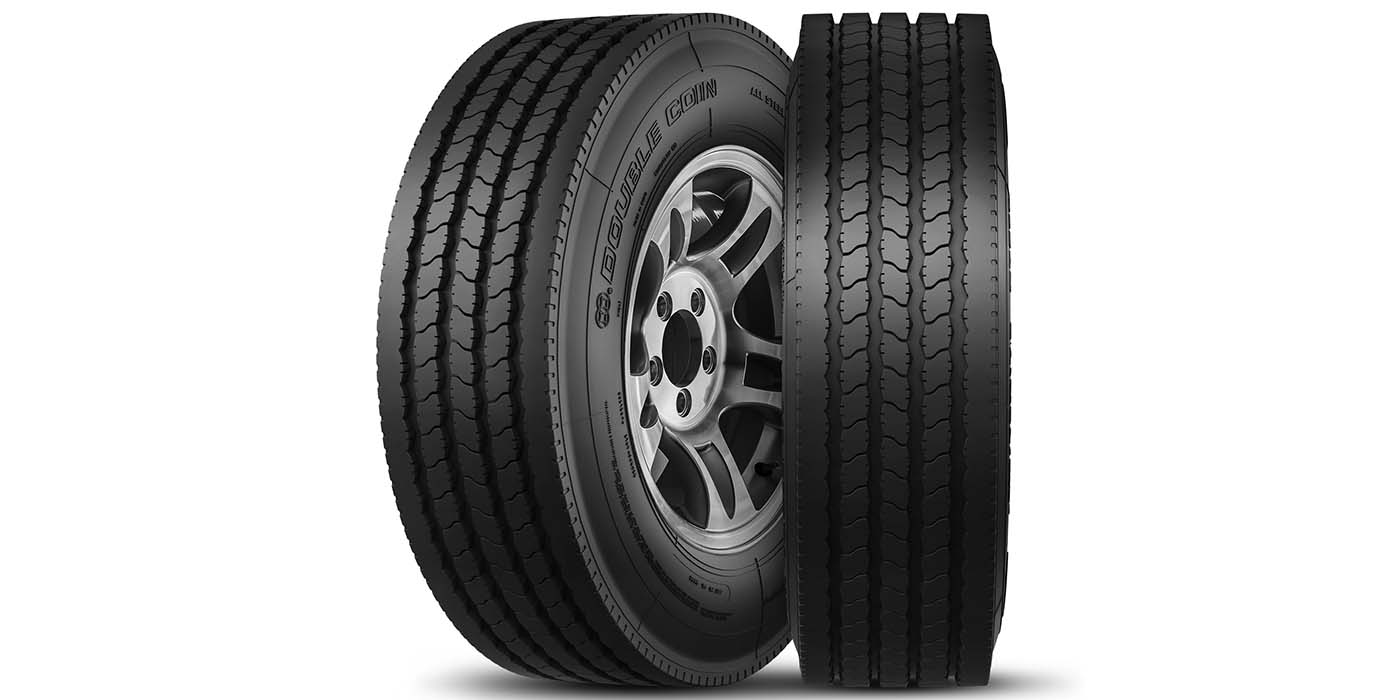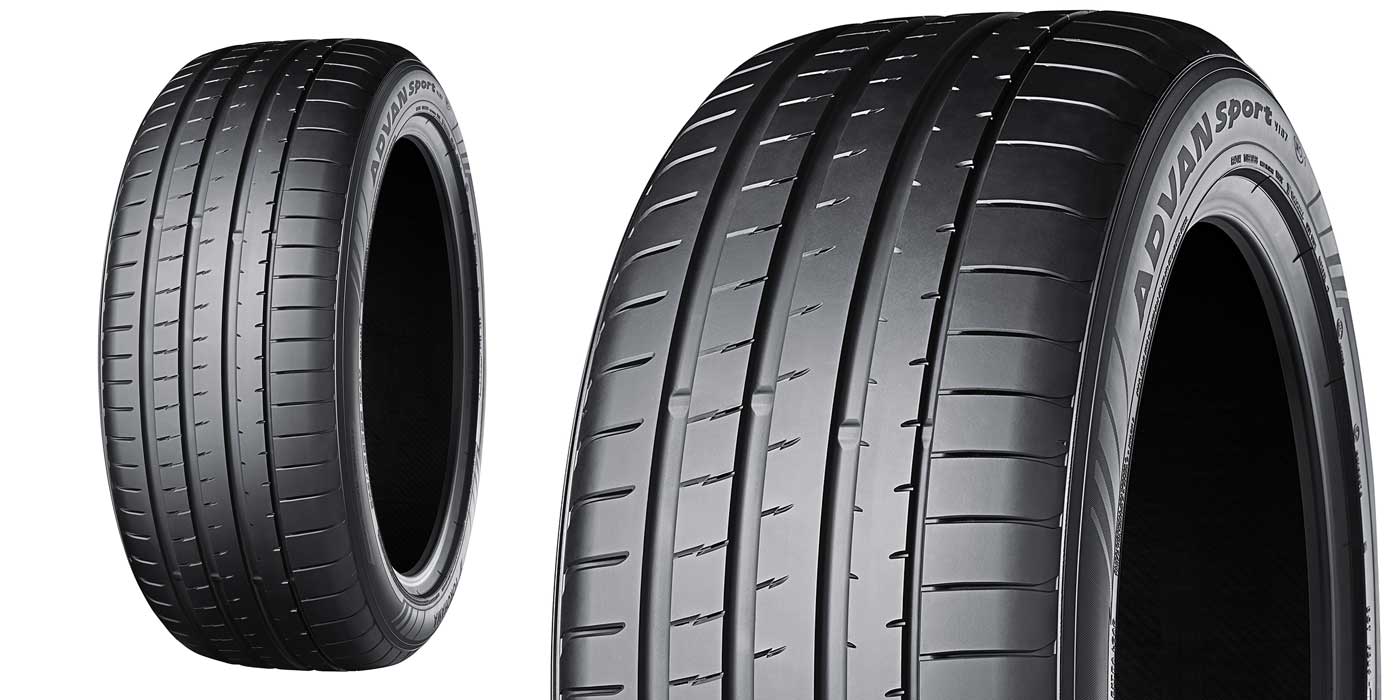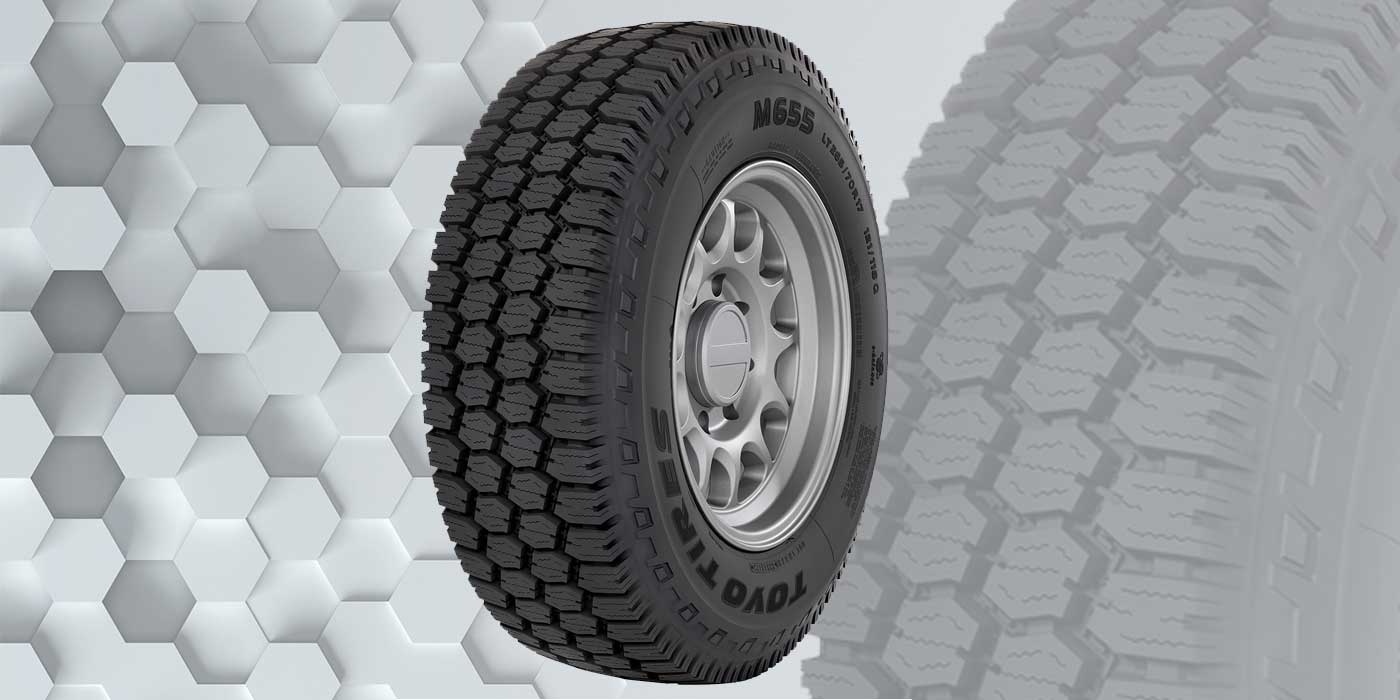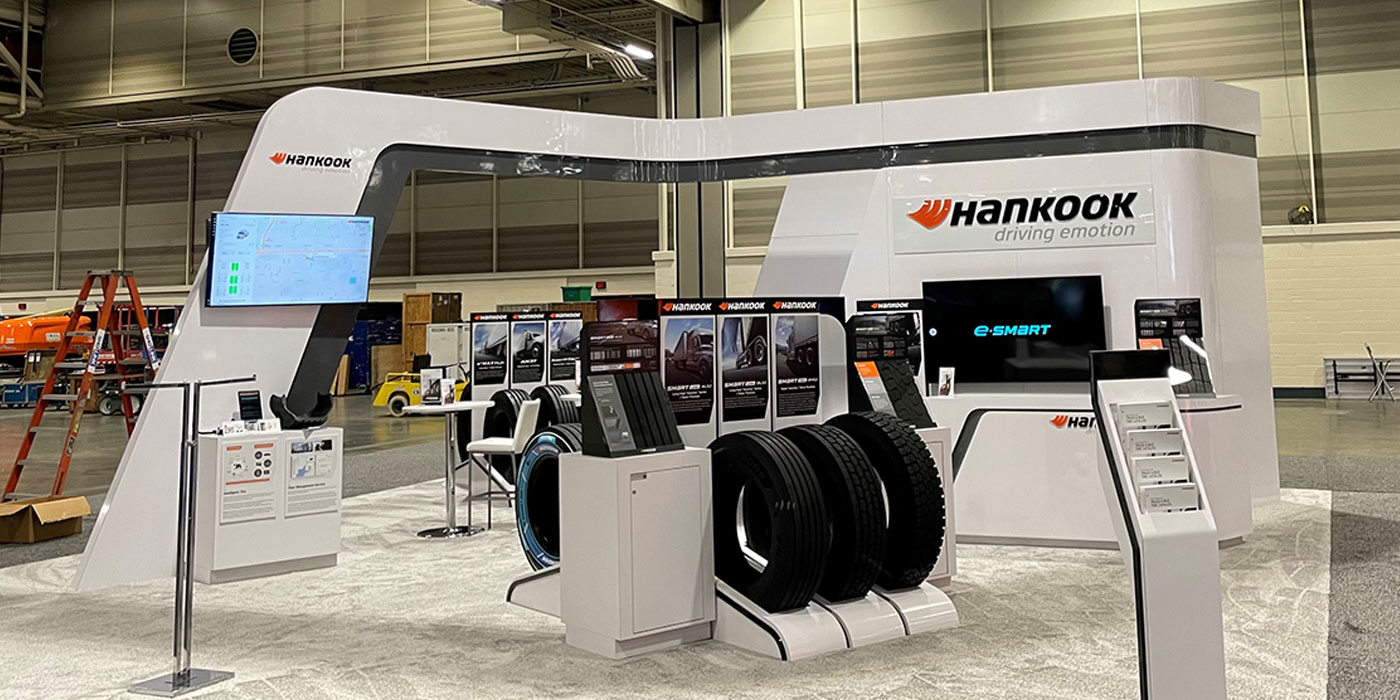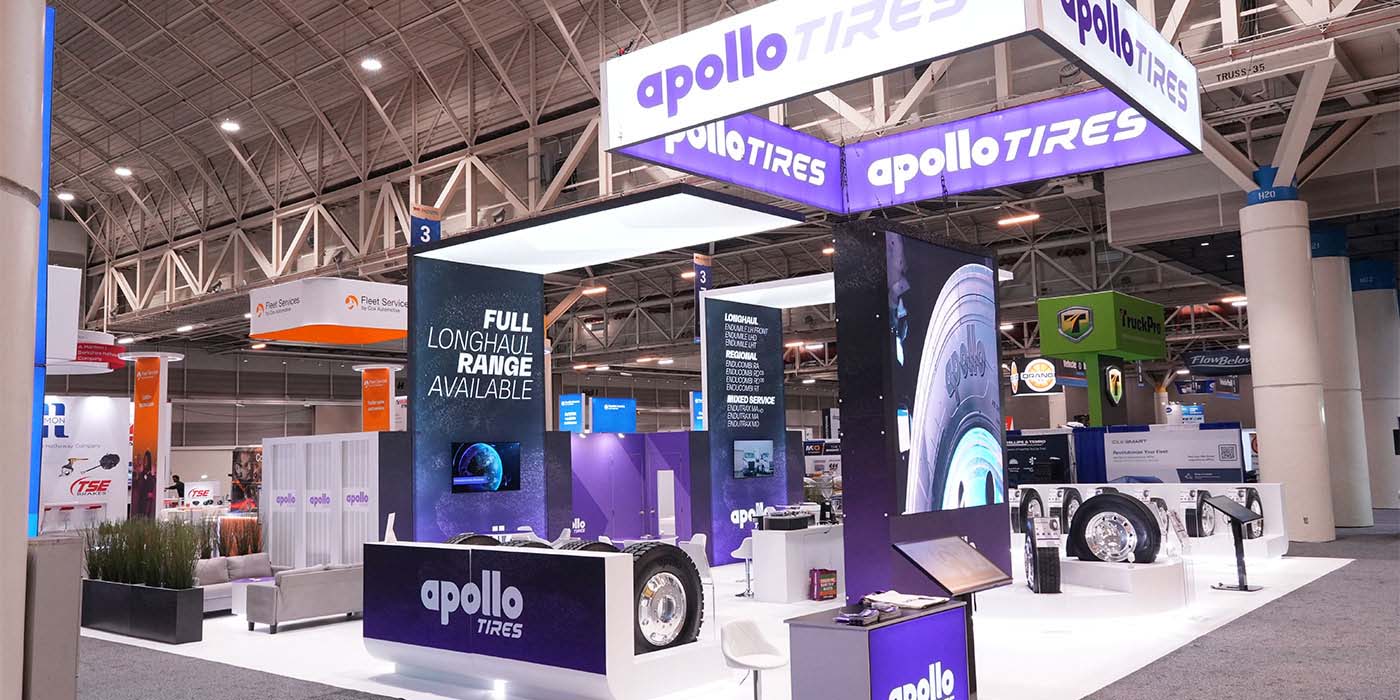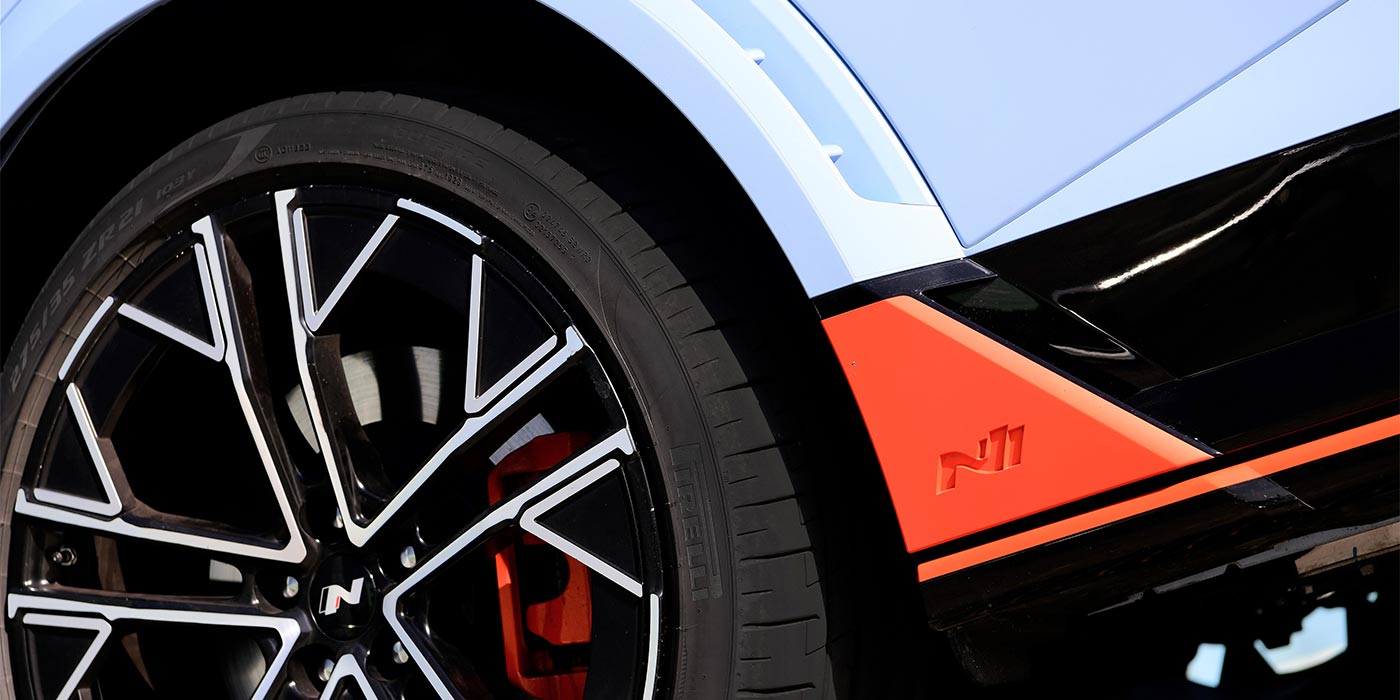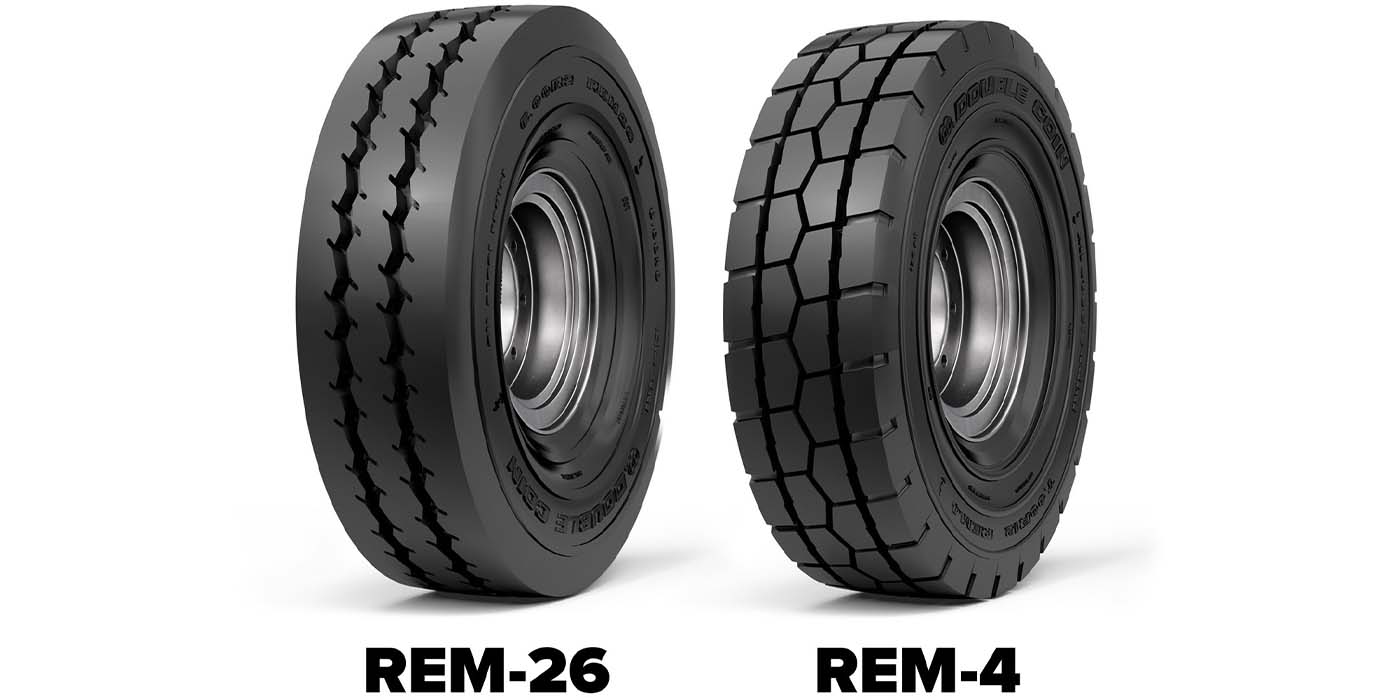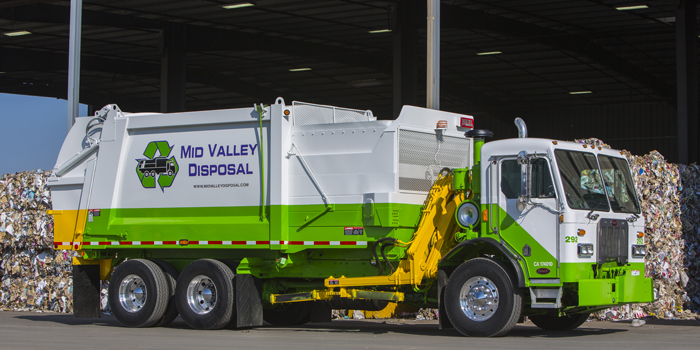
It’s a rough life for a waste haul tire. Whether fitted on trash pickup trucks for residential or commercial routes, or trucks dropping off waste at a transfer station or landfill, waste haul tires encounter challenging terrains and high scrub environments that can destroy a tire in a matter of months. “In the waste haul business it’s so severe that depending on the vehicle, the route, the driver and the terrain that you’re in, some tires might last six weeks, some might last four months, it just depends on all those things,” says Aaron C. Murphy, vice president of commercial truck tire sales for TBC Corp., which sells Sumitomo and Sailun brand commercial tires.
Because of the harsh nature of a waste haul or refuse fleet’s day, the experts agree that dealers should more often than not recommend waste haul tires for these customers, rather than standard commercial truck tires.
Tough Construction
Refuse trucks commonly use waste haul tires in size 315/80R22.5. The tire’s robust construction allows it to carry the heavy load and corresponding inflation pressure, and helps give the tire a longer tread life.
According to TBC’s Murphy, waste haul tires for common refuse vehicles – including roll-offs, front loaders and auto-side loaders – feature heavier beads and heavier casings, as well as sidewalls and special tread compounds that resist the abusive nature of waste haul applications.
Typically, a waste haul tire will carry a load range L marking (9,090 pounds), but will have an actual load rating of 10,000 pounds in order to carry the typical 20,000-pound front axle of waste haulers, says Gary Schroeder, director of commercial vehicle and global OEM sales for Cooper Tire & Rubber Co.’s Roadmaster brand.
“While more standard commercial tires might perform well in the longer haul runs, tires designed specifically for waste haul operations with deeper and wider treads offer much more tread life in a waste collection operation,” Schroeder adds.
Heat fatigue and curbing damage is also a concern in waste haul applications and occurs more often compared to other medium truck applications. Heat fatigue is often created from the significant number of stops a waste truck makes during a day.
“This results in increased brake heat, which can have an impact on miles to removal and retreadability,” notes Brian Buckham, general manager of product marketing for Goodyear Tire & Rubber Co.
What Fleets Need
When helping a fleet choose the right waste haul tire, consider the fleet’s routes, the vehicle type and the weather conditions encountered.
“Operationally, understand the routes and anticipate the wear conditions. A tire on an urban route will wear differently than a rural route, so consider the dynamics as you make a recommendation,” notes Mike Graber, senior product manager of truck tires for Toyo Tire U.S.A. Corp.
To get a better understanding of how tires perform in certain conditions, some experts suggest that fleets evaluate their current tires in each type of route to get an idea of performance. Additionally, dealers can utilize this type of information to help make informed decisions for their customers based on what tires worked for other companies in similar applications and conditions.
No matter the route conditions, however, waste haul fleets expect a durable and retreadable tire.
Longer tread life helps downtime and labor costs, while retreadability stretches the tire budget, Graber adds.
“A well-designed waste tire will be built with chip and cut resistant rubber compounding on a casing designed to withstand the high heat generation of frequent stopping and turning. The benefits are longer initial tread life and better retreadability of the casing,” Graber says.
Waste haul fleets rely heavily on retreads and will retread their tires about five to six times to get the most out of their investment, according to truck tire experts.
Fleets also often look for tires featuring puncture resistance due to the obstacles waste haul tires encounter, Goodyear’s Buckham says.
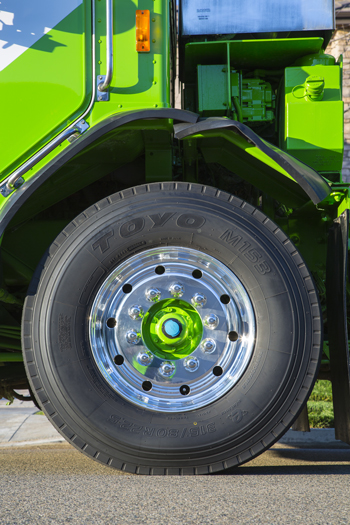
Selling the Right Tire
A waste haul tire’s durability may also depend on the tire’s position. Waste haul tires and retreads are available in all-position and drive designs, and some routes and environments may require specific tires for better performance.
“For instance, a fleet that operates in a cooler climate and whose trucks travel across snow-covered and/or wet surfaces will tend to use more drive tires and retreads,” Buckham says. “A fleet that operates in a warmer climate could operate effectively with an all-position tire. Likewise, a fleet that operates in a more rural area that has both paved and unpaved roads might elect to use drive tires and retreads.”
He adds that trailer position waste haul tires on 53-foot dump trailers for transporting refuse from transfer stations to landfills generally see highway miles, and therefore can use standard trailer tires rather than waste haul tires.
Another exception to a standard tire over a waste haul tire is in certain rural applications, Cooper’s Schroeder adds.
“For a rural route, a true waste haul tire may or may not be the best selection. Variables such as road quality, distances between stops, type of truck and tire sizes could affect the tire performance, and a regional or mixed service tire might be the better choice,” he says.
Creating Value
Communicating well and getting fleet managers to understand the value behind the upfront cost of waste haul tires is also important.
“The challenge is waste tires tend to be higher priced than other medium truck tires in the same sizes so people are tempted to try the lower cost option,” Toyo’s Graber warns. “In that case, remind your customers that these tires are built for durability and abuse, so while the cost is higher they will deliver the longer tread life and retreadability they want.”
“From a financial standpoint, consider and advise on the overall costs of the tire,” he adds. “The upfront cost is of course important, but research the retreadability of each brand and how that impacts overall costs so you can share that insight with your customers.”
According to Schroeder, waste haul fleets know their tires will wear out quickly and look for the best value for the price.
“At Roadmaster, we believe that in order to get the most out of your tires, it is important to find a brand that will provide long miles to removal, as well as one that takes into account the casing quality. Casing quality can be just as important as original tread life, since many fleets expect to retread their tires multiple times. When choosing a new tire, part of the consideration should be a review of the tire manufacturer’s warranty and casing allowance,” he adds.
To add additional value, dealers should also make sure they have a maintenance program and air-pressure program in place for their waste haul customers.
“Dealers should pay close attention to tire air pressure and internal damage to waste haul tires due to the nature of the environment that they operate. Low air pressure can increase heat inside the tire and create a premature failure, leading to a loss of the tire,” TBC’s Murphy notes.
Goodyear’s Buckham also suggests that waste fleets will need additional support such as yard checks, casing pickups and deliveries.
Additional services that add value to a waste haul tire purchase are critical to help a fleet thrive, and keep your customer coming back for tires and maintenance.

